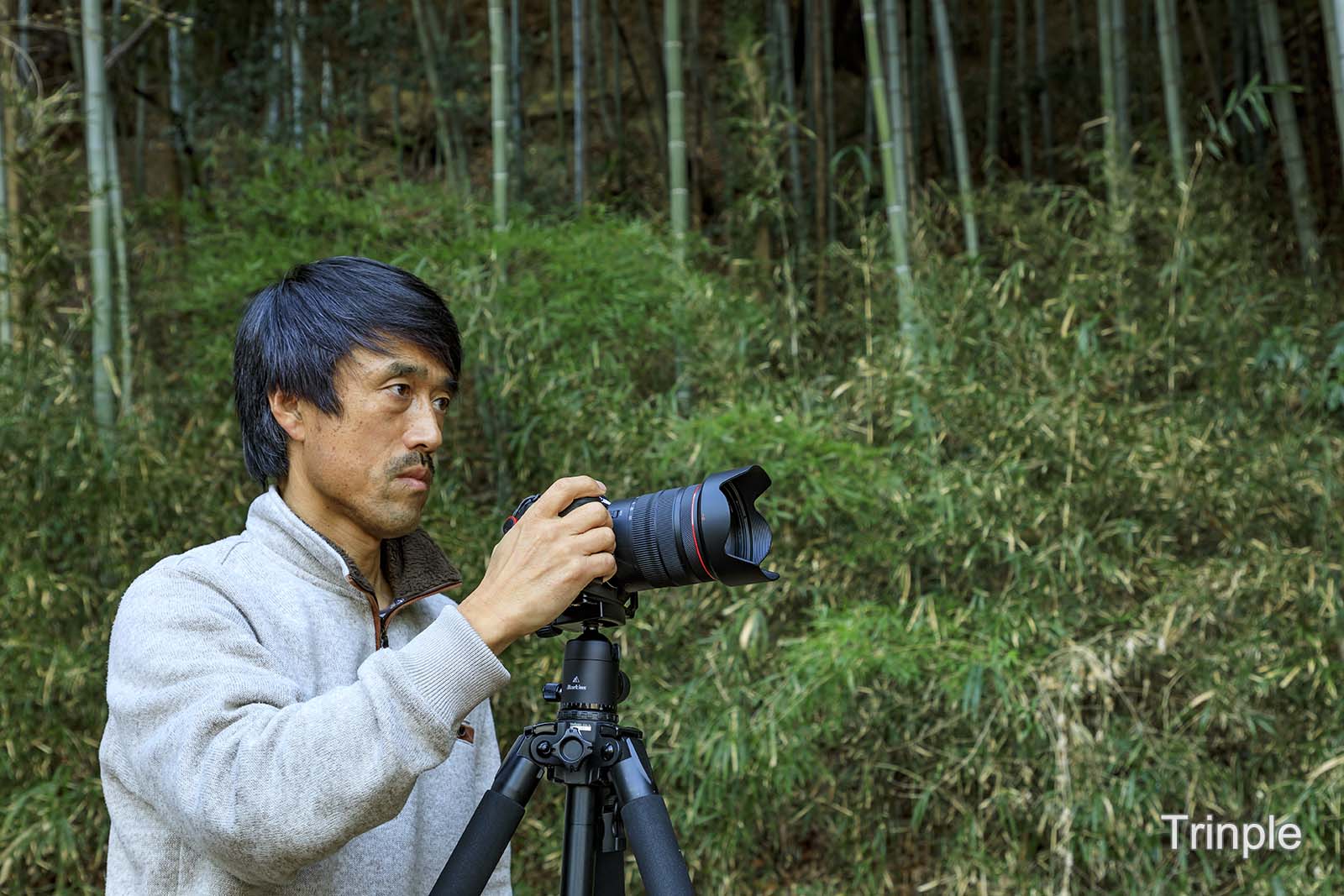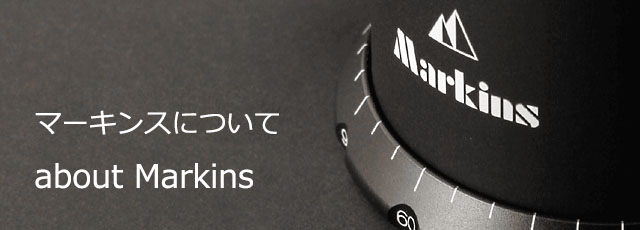縄手英樹 | 自由雲台
テーマ
自然風景
撮影者
風景写真家 縄手英樹
撮影日付
2022年01月‐02月
撮影場所
北海道、山形県、埼玉県、長野県
撮影機材
マーキンス
キヤノン
EOS R5
RF14-35mm F4 L IS USM
RF24-105mm F4 L IS USM
RF100-400mm F5.6-8 IS USM
RF14-35mm F4 L IS USM
RF24-105mm F4 L IS USM
RF100-400mm F5.6-8 IS USM
ベルボン
ネオ カルマーニュ 645
レビュー

縄手英樹(なわてひでき)
ウェブサイト: nawatephoto.com
1965年新潟県生まれ、東京都在住。
大学卒業後オーストラリアに一年半在住し、バイクでオーストラリア大陸を一周しながら撮影を敢行する。帰国後、風景写真家清水誠司氏に師事。
その後フリーになりヨーロッパの自然や街の風景をメインに撮影。
現在は車やバイクで日本全国の撮影に力を入れている。
主に、カレンダー、ポスター、雑誌、パンフレットなどに作品を提供。
2012年、月刊誌デジタルカメラマガジンの風景写真の連載を1年間担当。
2019年、J-POWER電源開発にてカレンダー企画写真展開催。
フジフォトサロンなどで、共同写真展の日本風景写真家協会展を多数開催。
大学卒業後オーストラリアに一年半在住し、バイクでオーストラリア大陸を一周しながら撮影を敢行する。帰国後、風景写真家清水誠司氏に師事。
その後フリーになりヨーロッパの自然や街の風景をメインに撮影。
現在は車やバイクで日本全国の撮影に力を入れている。
主に、カレンダー、ポスター、雑誌、パンフレットなどに作品を提供。
2012年、月刊誌デジタルカメラマガジンの風景写真の連載を1年間担当。
2019年、J-POWER電源開発にてカレンダー企画写真展開催。
フジフォトサロンなどで、共同写真展の日本風景写真家協会展を多数開催。
日本風景写真家協会(JSPA) 会員
ウェブサイト: nawatephoto.com

最近カメラシステムをミラーレスにした。一眼レフに比べて軽いのは分かっていたが、いざ使ってみると軽さは正義であるという事が実感できる。そうなると三脚も軽い物に変更でき、それに併せて雲台も軽い物にしたくなる。
そこで白羽の矢が立ったのがマーキンスだ。今までは他社製を使っていたが、知り合いの写真家がマーキンスを使用していて、いい物であるのは分かっていたので、この機会に雲台も新調してみた。
そもそも、4×5の大型カメラから35mmのカメラに変えて3ウェイ雲台を使用していた時に、自由雲台を薦めてくれたのも、その知り合いの写真家であった。
4×5の大型カメラと違って35mmのカメラは、自由雲台を使えば右手でカメラを握り、左手では上下左右ズーミングをして、絵を一発で決められる事に感動したものだ。しかもガッチリ固定してくれる。
今回、マーキンスに変更しても自由雲台に対するその信頼性は変わらない。そればかりか快適度が増したのだ。今まではレバータイプの物を使っていて、固定にはそれ相応の力をかける必要があるのだか、マーキンスではノブシュータイプを選択した。この締め込むフィーリングが心地良く、思っていたほど何回転も回さずに固定できるのだ。レバータイプかノブタイプか、個人の好みによるところも大きいと思うが、私にはノブタイプが合っているようだ。
そして今回ミラーレスカメラにしてから雲台を軽量の物にしたわけだが、いくらボディーが軽くなったとはいえ、望遠ズームを使った時などの安定感がどうなるのか気になっていた。しかしそれは全くの杞憂であった。
RF100-400mm F5.6-8 IS USMは重心が手前に来るように設計されているため、三脚座を使用しないレンズなのだが、さすがに400mmまで伸ばすとかなりレンズが長くなるため、雲台の操作性やブレに多少なりとも問題が出てくるかと思っていた。
しかし、このマーキンスの自由雲台 Q3iTR-BK は適度なトルク感があり、尚且つしっかり止まってくれる。撮影していて気持ちのいい雲台だ。
また、最近は手ブレ補正機能の向上により、昼間など咄嗟に撮影する時は手持ちで撮影するが、時間に余裕のある時は多少時間がかかっても三脚を使うようにしている。
なぜなら、画面の上下左右四隅水平に加え手ブレにも気をつけながらシャッターを切らなければならない作業は、意外と気を使うし時間がかかるからだ。
更に露出を変えて複数枚撮影することになると、その都度撮影後にチェックしなければならず、結局そこで時間を費やす事になる。初めから三脚を使って画面の上下左右四隅水平を決めておけば、手振れの心配もなく画像をチェックする時間も短縮できるので、精神的にも楽だし時間的にも変わらないのではないだろうか。
写真家として、風景とじっくり対峙して撮影するには、三脚と雲台は必要不可欠な物。その雲台は被写体へのアプローチの時間短縮とカメラブレを起こさせないクオリティが求められるが、マーキンスの自由雲台はそれらをクリアできる道具として所有欲を満たし安心して使える物だ。
最後に、日本全国を渡り歩き、年々変わりゆく自然風景と対峙していると、美しい風景がいつまでも続くよう願わずにはいられない。海外と比べると四季がはっきりしていてメリハリのある日本の風景美を、いつまでも撮り続けていきたいと思う。
そこで白羽の矢が立ったのがマーキンスだ。今までは他社製を使っていたが、知り合いの写真家がマーキンスを使用していて、いい物であるのは分かっていたので、この機会に雲台も新調してみた。
そもそも、4×5の大型カメラから35mmのカメラに変えて3ウェイ雲台を使用していた時に、自由雲台を薦めてくれたのも、その知り合いの写真家であった。
4×5の大型カメラと違って35mmのカメラは、自由雲台を使えば右手でカメラを握り、左手では上下左右ズーミングをして、絵を一発で決められる事に感動したものだ。しかもガッチリ固定してくれる。
今回、マーキンスに変更しても自由雲台に対するその信頼性は変わらない。そればかりか快適度が増したのだ。今まではレバータイプの物を使っていて、固定にはそれ相応の力をかける必要があるのだか、マーキンスではノブシュータイプを選択した。この締め込むフィーリングが心地良く、思っていたほど何回転も回さずに固定できるのだ。レバータイプかノブタイプか、個人の好みによるところも大きいと思うが、私にはノブタイプが合っているようだ。
そして今回ミラーレスカメラにしてから雲台を軽量の物にしたわけだが、いくらボディーが軽くなったとはいえ、望遠ズームを使った時などの安定感がどうなるのか気になっていた。しかしそれは全くの杞憂であった。
RF100-400mm F5.6-8 IS USMは重心が手前に来るように設計されているため、三脚座を使用しないレンズなのだが、さすがに400mmまで伸ばすとかなりレンズが長くなるため、雲台の操作性やブレに多少なりとも問題が出てくるかと思っていた。
しかし、このマーキンスの自由雲台 Q3iTR-BK は適度なトルク感があり、尚且つしっかり止まってくれる。撮影していて気持ちのいい雲台だ。
また、最近は手ブレ補正機能の向上により、昼間など咄嗟に撮影する時は手持ちで撮影するが、時間に余裕のある時は多少時間がかかっても三脚を使うようにしている。
なぜなら、画面の上下左右四隅水平に加え手ブレにも気をつけながらシャッターを切らなければならない作業は、意外と気を使うし時間がかかるからだ。
更に露出を変えて複数枚撮影することになると、その都度撮影後にチェックしなければならず、結局そこで時間を費やす事になる。初めから三脚を使って画面の上下左右四隅水平を決めておけば、手振れの心配もなく画像をチェックする時間も短縮できるので、精神的にも楽だし時間的にも変わらないのではないだろうか。
写真家として、風景とじっくり対峙して撮影するには、三脚と雲台は必要不可欠な物。その雲台は被写体へのアプローチの時間短縮とカメラブレを起こさせないクオリティが求められるが、マーキンスの自由雲台はそれらをクリアできる道具として所有欲を満たし安心して使える物だ。
最後に、日本全国を渡り歩き、年々変わりゆく自然風景と対峙していると、美しい風景がいつまでも続くよう願わずにはいられない。海外と比べると四季がはっきりしていてメリハリのある日本の風景美を、いつまでも撮り続けていきたいと思う。

■ 一日の始まり
CANON EOS R5 / RF24-105mm F4 L IS USMF11 1/3秒 ISO-100

■ 氷舞う
CANON EOS R5 / RF100-400mm F5.6-8 IS USMF11 1/125秒 ISO-800 +0.7EV

■ 氷瀑
CANON EOS R5 / RF14-35mm F4 L IS USMF11 1/250秒 ISO-100 +0.7EV

■ 極寒の芸術
CANON EOS R5 / RF14-35mm F4 L IS USMF11 1/2秒 ISO-100 +0.3EV

■ 顔出すクマザサ
CANON EOS R5 / RF24-105mm F4 L IS USMF16 1/200秒 ISO-100 +1EV









